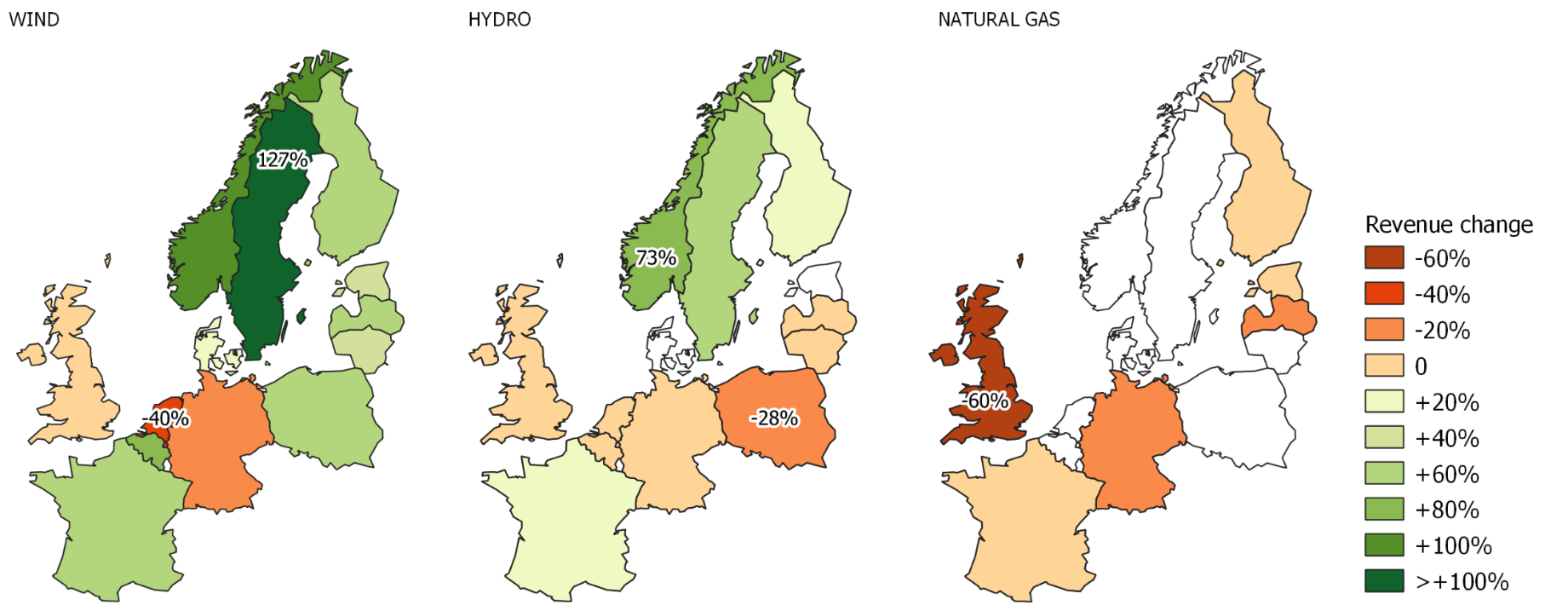
Transmission: Improving revenue for renewables
A sustainable future energy system relies on renewable resources. Unfortunately, resources like hydro, solar and wind are often distributed unevenly not only temporally but also geographically and such characteristics bring…
A sustainable future energy system relies on renewable resources. Unfortunately, resources like hydro, solar and wind are often distributed unevenly not only temporally but also geographically and such characteristics bring new challenges.
A cross-border energy system through transmission lines is regarded as one of the low-hanging fruits to address the challenges, especially to North-western Europe where power markets are already partially integrated. Countries in this region have distinct energy system profiles and connecting them with transmission lines can lead to a more diverse and thus, more stable energy system. Nevertheless, increased opposition is observed, due to impacts brought by physical infrastructures as well as concerns of higher electricity prices in exporting regions.

Figure 1. Change in producer revenues in 2050 with the cost-optimal transmission level.
The Flex4RES project has modelled the optimal level of cross-border investments under the assumption of a fossil free energy system by 2050. We find that a cost optimal pathway to a carbon neutral energy system includes significant more cross-border transmissions. More transmission lines improve the competitiveness of wind power because export opportunities mitigate the merit-order effect causing low prices in windy periods. Total system costs are reduced, despite additional transmission investments. Nevertheless, there is an unneglectable distributional effect among stakeholders in different countries.

Figure 2. Change in consumer prices in 2050 with the cost-optimal transmission level.
Benefits flow from fossil-fuel based power producers and Northern consumers to Northern hydro and wind power producers and Western European consumers. Asymmetrically distributed benefits might be the biggest barrier against increased cross-border transmissions, but it also brings opportunities for international cooperation to combat climate change.
Results have been shared at the 2019 CONECT conference in Riga, Latvia.